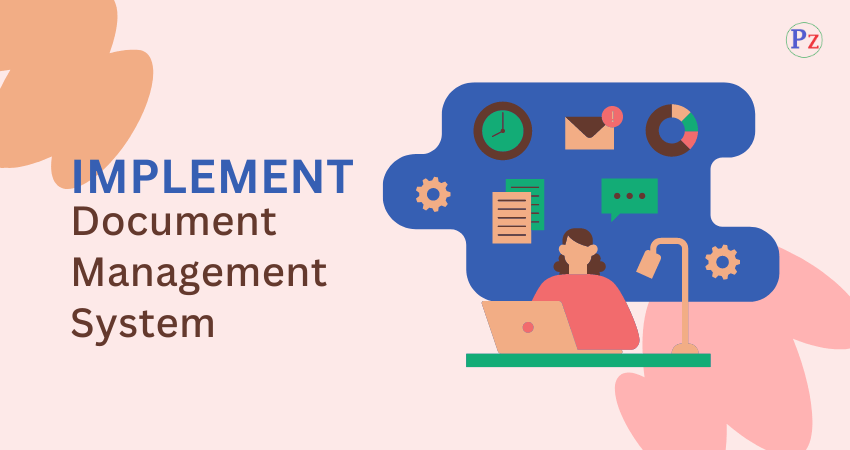Business Analysts role in operational productivity
Business Analysts play a critical role in enhancing operational productivity within an organization. By analyzing current processes and identifying inefficiencies, they are able to pinpoint areas for improvement. Through the development and implementation of data-driven solutions, Business Analysts can streamline operations and drive efficiency across various departments.

Collaborating closely with stakeholders is another key aspect of a Business Analyst’s role in enhancing operational productivity. By gathering requirements and understanding the needs of different teams within the organization, Business Analysts can tailor their solutions to meet specific business objectives effectively. By leveraging technology and utilizing data-driven insights, they can make informed decisions that contribute to overall operational efficiency and success.
Analyzing current processes and identifying inefficiencies
Analyzing current processes within an organization is a critical step in enhancing operational efficiency. By scrutinizing each step of a process, business analysts can uncover inefficiencies that may be hindering productivity. Through careful examination of workflows and procedures, these professionals can pinpoint areas where improvements can be made to streamline operations and optimize performance.

Identification of inefficiencies is a key focus during the analysis phase. By closely scrutinizing how tasks are currently being carried out, business analysts can identify bottlenecks, redundancies, and other obstacles that impede the smooth flow of operations. This detailed review allows for a targeted approach to improvement, ensuring that resources are strategically allocated to address specific areas of weakness within the organization’s processes.
Developing and implementing solutions based on data analysis
To develop effective solutions in today’s dynamic business environment, it is imperative for organizations to leverage data analysis as a guiding force. By harnessing the power of data, businesses can gain valuable insights into their operations, pinpoint areas of inefficiency, and identify opportunities for improvement. Data analysis serves as a compass, directing organizations towards strategic decision-making and informed actions that drive productivity and growth.
Once data has been meticulously analyzed and key patterns have been identified, the next step is the crucial process of implementing solutions based on these findings. This phase involves translating data-driven insights into tangible action plans that address the root causes of operational inefficiencies. By aligning strategies with data-backed recommendations, organizations can enhance their operational effectiveness, optimize processes, and ultimately achieve sustainable success in today’s competitive landscape.
Collaborating with stakeholders to gather requirements
Business analysts play a vital role in teaming up with stakeholders to collect essential requirements for projects. These stakeholders may include various departments within the organization or external partners. By fostering a collaborative environment, business analysts ensure that all relevant perspectives and insights are considered in the requirements gathering process. This inclusive approach helps in aligning the project goals with the overall strategic objectives of the organization, leading to more successful outcomes.
Engaging with stakeholders early on is crucial to understanding the needs and expectations of all parties involved in the project. By actively listening to stakeholders and asking probing questions, business analysts can uncover hidden requirements and potential challenges that may arise during the project lifecycle. This open line of communication fosters trust and transparency, ultimately resulting in a shared understanding of the project scope and deliverables.
Using data-driven insights to make informed decisions
Business analysts play a crucial role in leveraging data-driven insights to facilitate informed decision-making within organizations. By harnessing the power of data analytics tools and techniques, these professionals extract valuable information from vast datasets to uncover trends, patterns, and correlations. This enables them to provide stakeholders with actionable insights that drive strategic business decisions and help optimize operational efficiencies, ultimately leading to enhanced performance and competitiveness.
In today’s fast-paced and data-driven business landscape, the ability to make decisions based on empirical evidence rather than intuition is instrumental in achieving sustainable growth and success. Through rigorous analysis of relevant data sources, business analysts can identify opportunities for improvement, mitigate risks, and capitalize on emerging trends. By translating complex data into meaningful and actionable insights, they empower decision-makers to steer their organizations towards smarter, more informed choices that align with overarching business goals and objectives.
Leveraging technology to streamline operations
In today’s dynamic business landscape, leveraging technology plays a crucial role in streamlining operations. Incorporating the right tools and systems can lead to increased efficiency, reduced manual efforts, and enhanced overall productivity. By harnessing technology such as automation software, cloud-based platforms, and data analytics tools, organizations can optimize their processes and drive sustainable growth.
One key benefit of utilizing technology to streamline operations is the ability to improve decision-making through real-time data insights. By implementing advanced tracking and reporting systems, businesses can access accurate and up-to-date information to guide strategic choices. This data-driven approach not only enhances operational performance but also enables companies to adapt quickly to changing market conditions and stay ahead of the competition.
Creating workflows and process documentation
Creating workflows involves mapping out the sequential steps involved in completing a task or process within an organization. This documentation provides a clear visual representation of how different tasks are interconnected, ensuring clarity and efficiency in operations. By outlining each step, stakeholders can easily understand the flow of work, identify potential bottlenecks, and suggest improvements to enhance productivity.
Process documentation goes hand in hand with workflow creation, capturing detailed information about each step, including inputs, outputs, responsibilities, and timelines. This documentation serves as a valuable resource for training new employees, ensuring consistency in operations, and facilitating continuous improvement initiatives. By documenting processes, organizations can maintain transparency, accountability, and standardization across various functions, promoting a culture of efficiency and effectiveness.
Monitoring and measuring key performance indicators
Key performance indicators (KPIs) serve as benchmarks for measuring the success and effectiveness of business operations. By setting specific and measurable KPIs, organizations can track their progress towards their goals and identify areas for improvement. Monitoring these KPIs regularly provides valuable insights into the performance of different processes and enables businesses to make data-driven decisions.
Measuring KPIs allows businesses to quantify their success and performance objectively. By analyzing KPI data over time, organizations can identify trends, patterns, and outliers that offer valuable information about the efficiency and effectiveness of their operations. This data-driven approach to monitoring KPIs enables businesses to proactively address challenges, optimize processes, and drive continuous improvement in their workflows.
| Read More Topics |
| Implications on performance and satisfaction |
| What is the role of a business analyst in operations? |
| Organizational behaviour models |




